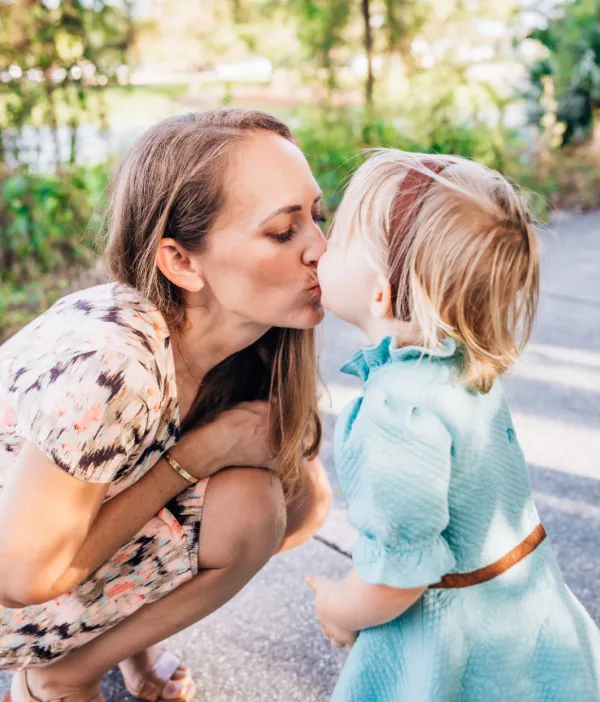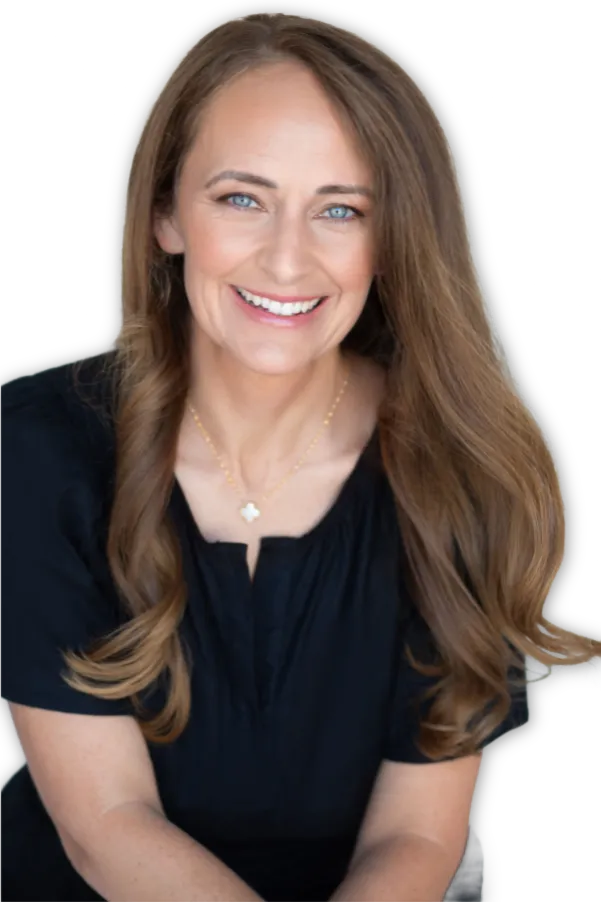In this blog post (and related podcast episode), I’ll take you through our experiences, valuable insights, and the steps we’ve taken to navigate this complex yet rewarding journey.
Understanding the Baby Food Industry
The baby food industry has undergone a major transformation since the dawn of the 20th century. Historically speaking, our ancestors did not rely on commercially available baby food as part of their child-rearing practices.
Instead, they made use of natural breastfeeding and gradually introduced their children to solid foods, a process that was deeply integrated into the rhythms of their local communities.
This introduction was not just about nourishment, but was also a social activity that played a vital role in the child’s integration into the community.
This is a stark contrast to the highly commercialized and often impersonal nature of today’s baby food industry, indicating the significant changes that have taken place over the years.
- Breastfeeding vs. Commercial Food: The industry has often villainized breastfeeding to sell products, suggesting that breast milk lacks necessary nutrients, which is utterly false.
- What Villages Did Before Commercial Foods: Women in communities supported each other, feeding children collectively when necessary. Baby-led weaning (BLW) reflects this age-old practice by allowing babies to transition to solids naturally.
- The Narrative Shift: Companies have expanded their market by creating lifelong customers, beginning with purees and extending to snacks and pouches, capitalizing on modern-day convenience. Reflecting on these points, I realized the powerful influence industries have on parenting choices and the importance of staying informed.
The Emotional Transition to Baby-Led Weaning
Embarking on the journey of introducing solids into your child’s diet is a significant milestone in any parent’s life. It is a transformative period that signifies the transition from exclusive breastfeeding or formula feeding to a more varied diet that includes solid foods.
Although traditional wisdom and established guidelines may dictate a rigid adherence to pediatric recommendations, I found immense value in learning to trust my own instincts. This trust helped me make decisions that were not only beneficial for my child’s growth and development but also aligned with their unique preferences and behaviors.
This approach made the process of introducing solids a personalized experience, tailored to suit the specific needs and responses of my child.
- Family Dynamics: My supportive yet occasionally pressuring husband highlighted the need for unified parental decisions.
- Developmental Readiness: Observing my baby’s progress closely, I ensured she could sit up independently—a crucial criterion for BLW. Never let anyone rush you into this transition. The emotional weight it carries is profound, and your instincts as a primary caretaker are invaluable.
Essential Preparations for Baby-Led Weaning
Take a CPR Course:
- Learn the Differences: Understanding choking versus gagging can make all the difference during mealtime.
- Practical Training: Practice on baby dummies to feel confident.
- First-Aid Knowledge: Equip yourself with the skills needed for any emergency.
Proper Equipment:
- Highchair with a 5-Point Harness: Ensure your baby is seated safely to minimize choking risks.
- Strategic Feeding Environment: Minimize distractions—no TVs or loud noises—so your baby can focus on eating.
- Pincer Grasp Development: Encourage your child to develop their pincer grasp by offering appropriately sized food pieces.
Track Everything:
- Use a Food Journal: Document what foods are tried and how your baby reacts.
- Follow Guidelines: Use reliable resources like the Solid Starts app to guide portion sizes and preparation methods.
Recognizing and Handling Food Allergies
When we decided to embark on Baby-Led Weaning (BLW), I hadn’t fully anticipated the complex journey we would undertake due to food allergies. This unexpected path was challenging, but it also taught me invaluable lessons.
I learned the importance of vigilance, always being alert for signs of an allergic reaction. It also taught me the necessity of preparedness, having a plan in place for when those reactions occurred.
These experiences were not what I initially imagined when we started BLW, but they have undeniably shaped our approach and made us more aware of the complexities of food allergies.
- Document Daily Intake: Write everything down. Trust me, it will save you from a lot of confusion should any reactions occur.
- Distinguish Between Reactions:
- IgE Mediated Reactions: These are immediate and can include hives or anaphylactic shock. Always have children’s Benadryl on hand.
- FPIES (Food Protein-Induced Enterocolitis Syndrome): This delayed reaction involves severe vomiting and can be hard to diagnose. One eye-opening experience occurred when my baby had eggs for the first time. The violent projectile vomiting that followed—twice—led us to consult an allergist, eventually diagnosing her with FPIES. It was a stressful, emotional rollercoaster, but recognizing the symptoms and having a plan in place has been crucial.
Keeping Our Little Ones Safe and Healthy
Navigating this journey involves constant learning and vigilance, but here are a few strategies that have helped us keep moving forward confidently:
- Avoid High-Risk Situations: Never introduce new foods at night or before nap time to prevent severe reactions during sleep.
- Consult Professionals: Pediatricians and allergists can offer tailored advice; maintain open communication.
- Stay Informed: Use trusted resources like Solid Starts for ongoing education and support.
- Be Patient: Your baby’s primary nutrition source before one year is still milk, so don’t rush into solids. Maintaining safety while keeping things positive requires meticulous planning and unwavering patience. Staying prepared and educated has been our family’s saving grace.
This journey of baby-led weaning and managing food allergies has taught me the power of trusting my instincts and learning continuously. Each step, each meal, and each new food introduced is a new chapter in our story. Remember, you are your child’s best advocate. Equip yourself with knowledge, trust your intuition, and take each day as it comes.
Motherhood Mentorship Calls





